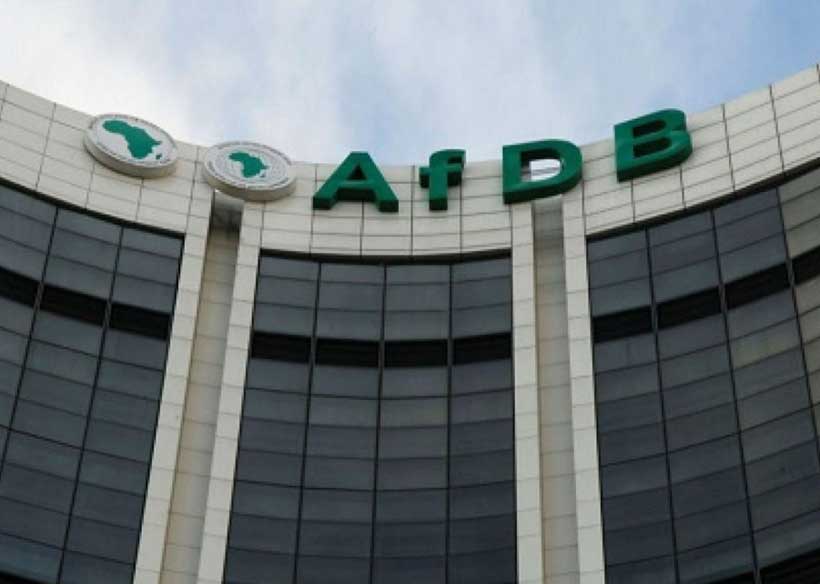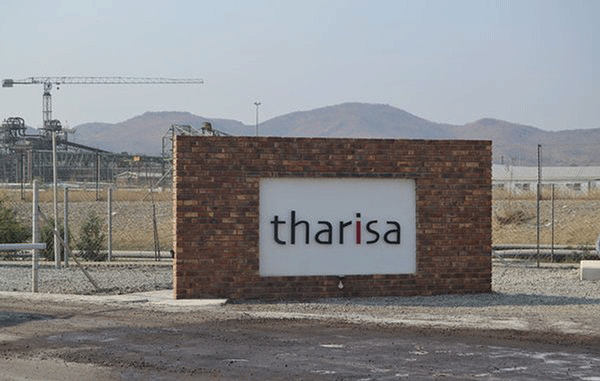Colliery wary over forex transaction risks
GIANT coal miner, Hwange Colliery Company Limited (HCCL), says transacting in foreign currency exposes its operations to financial risks when compared to using the local currency.
Among a cocktail of foreign currencies in use, it singled out the South Africa rand as primarily the riskiest in its transactions.
At a time when some producers and traders have shown preference for hard currency transactions, the recent exchange rate stability and money supply tightening is creating higher demand for Zim-dollar, which experts say is critical in enhancing value for the local currency.
While the rand is seen as riskiest of late given its latest softening against the dollar, HCCL says the exposure to foreign currency changes for all the other currencies is not as significant as the South African unit.
“The company is exposed to foreign currency risk on transactions that are denominated in a currency other than the Zimbabwean dollar. The currency giving rise to this risk is primarily the South African rand,” said the company in its recently published half year financial results for the year ended 30 June.
“In respect of all monetary assets and liabilities held in currencies other than the Zimbabwe dollar, the company ensures that the next exposure is kept to an acceptable level by buying or selling foreign currencies at spot rates where necessary to address short-term imbalances.”
The South Africa’s rand weakened on Tuesday and traded at 18,1300 against the US dollar.
Of late, the local official and black market exchange rates have been converging after premiums fell significantly since the Reserve Bank of Zimbabwe (RBZ) and fiscal authorities introduced policy measures to stabilise the exchange rate and taming runaway inflation.
Reserve Bank of Zimbabwe (RBZ)
Inflation and the exchange rate have been largely stable since the Government intensified interventions to squeeze excess liquidity from the market, with the local currency appreciating against the US dollar on the black market.
Some of the measures introduced include the introduction of gold coins as a store of value and alternative to the US dollar and a review of all Government supply contracts priced using parallel market exchange rates, which contributed to the creation of excess liquidity.
The central bank also hiked the bank policy rate, which determines minimum bank lending rates, from 80 to 200 percent to discourage speculative borrowing for purposes of dabbling in illegal currency trading and exploiting arbitrage opportunities on the equities market.
In its September inflation and currency development update, the Confederation of Zimbabwe Industries (CZI) says the scarce local dollar circulation is indirectly slowly building a case for dollarisation, which will have a positive impact on inflation but adversely affect the economy on one hand.
CZI has since urged authorities to take deliberate policies to reverse this trend.
“The Zimbabwe dollar is scarce in the market and the foreign exchange market is headed towards convergence. Convergence of the exchange rate and scarcity of the ZW$ will result in increased usage of the US dollar in the economy,” said the industry body.
“The country is slowly dollarising and while this will have a positive impact on inflation, the economy as a whole will be the biggest loser.”
The country’s largest industrial lobby group made reference to January 2022 when foreign currency accounts (FCA) as a percentage of deposits in broad money (M3) was 42.20 percent but increased to 57.20 percent in July 2022.
It added that FCA as a percentage of transferable deposits increased from 47 percent in January 2022 to 63 percent in July 2022.
“This clearly shows that the USD is becoming more dominant as each month passes,” it said.-chronicle.co.zw










